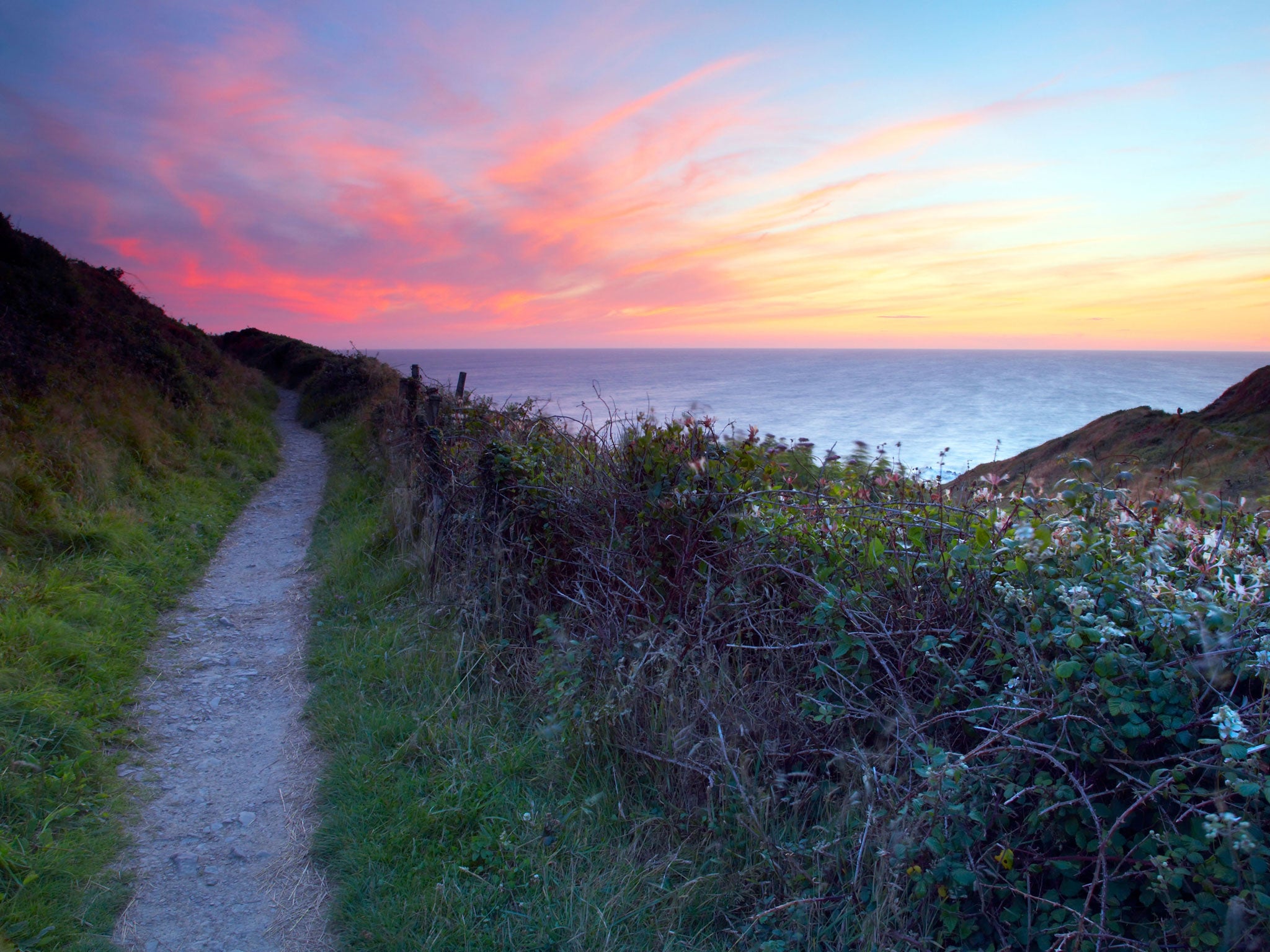Anna Pavord: 'Fragrance can be a sublime aspect of our outdoor environment'
Plant breeders, whether of roses or mock orange, pinks or sweet peas, have not always understood how important scent is in a garden, says our gardening correspondent

Your support helps us to tell the story
From reproductive rights to climate change to Big Tech, The Independent is on the ground when the story is developing. Whether it's investigating the financials of Elon Musk's pro-Trump PAC or producing our latest documentary, 'The A Word', which shines a light on the American women fighting for reproductive rights, we know how important it is to parse out the facts from the messaging.
At such a critical moment in US history, we need reporters on the ground. Your donation allows us to keep sending journalists to speak to both sides of the story.
The Independent is trusted by Americans across the entire political spectrum. And unlike many other quality news outlets, we choose not to lock Americans out of our reporting and analysis with paywalls. We believe quality journalism should be available to everyone, paid for by those who can afford it.
Your support makes all the difference.Scent makes a separate unseen landscape in a garden, hanging in the air, changing shape with the seasons. It is the most evocative of the senses. I have only to smell water mint and I'm taken back to the valleys of the Rholben, the Deri and the Llanwenarth Breast in Monmouthshire, where I was born. My brother and I knew quite a few poachers who taught us how to tickle trout. We spent long, quiet times in the summer, stretched out on stream banks, stroking the smooth bellies of these small brown fish.
You had to be patient, but if you were, the trout settled into a kind of trance. Then very carefully you had to work your thumb up its flank and over the ridge of its back. Then, changing gear completely, you tightened your grip and whipped the fish out on to the bank. The tension of that lightning swoop still makes my legs weak. I remember the clean scent of the mint trodden underfoot and the thicker, slightly muddy smell of the stream.
Plant breeders, whether of roses or mock orange, pinks or sweet peas, have not always understood how important scent is in a garden. They are chasing other objectives: bigger flowers, brighter colours. But it turns out that the scent gene is often linked to something that the breeders want to get rid of. In pursuit of that more brilliant red, they lose the smell that is the main reason we bend to sniff at a red rose. A red rose should always be swoonily scented.
Red roses aside, many of the most heavily scented flowers are white. It's as if the smell has intensified to make up for the lack of colour. Blue flowers have least smell: ceanothus, delphinium, forget-me-not, campanula, agapanthus. The exception is the bluebell. That's one of the highlights of the year for me – standing in a bluebell wood and taking in the rich, spicy smell, along with the slanting light coking through beech trees. The best spreads of bluebell are often to be found under beech. Blue flowers are usually pollinated by bees and they, like us, work by sight rather than smell. They don't need the extra attraction of perfume.
During the appalling weather on which the New Year blew in, the only reason to stagger into our garden was to catch the scent of a daphne called "Jacqueline Postill". You had to be quick to catch it before the roaring wind whipped it away. There was one relatively peaceful afternoon though, when it wasn't raining and the wind was quiet, gathering its forces for an even worse attack. I started up the bank and yards before I got to the daphne, I could smell its gorgeous scent. It started flowering early in December and is still going now, small, pinkish white clusters of waxy bloom among bright evergreen leaves. It's a beauty.
Think your way round your garden and how it's going to be this spring . Are there enough plants to draw you in with their scent? Here are a few suggestions:
Convallaria majalis (Lily of the valley)
The easiest route to success with lily-of-the-valley is to dig a clump from a friend's garden. Failing that, look out for it in your garden centre, ready potted to flower in late April and May, or buy roots, damp-packed in autumn. Lily-of-the-valley likes shade and grows best in leafy, damp, fertile soil.
Dianthus (Pink)
Here, let your nose guide you. I like clove-scented pinks such as "Fenbow Nutmeg Clove" and other old-fashioned types such as "Dad's Favourite", which has a semi-double white flower, laced with maroon. All pinks prefer sun and well-drained soil. The hummocks of grey foliage sit well at the front of a border where they can flop over a path.
Lonicera periclymenum (Honeysuckle)
Country hedgerows through July and August are filled with the scent of wild honeysuckle. In a garden you can extend the season by planting "Belgica", which flowers in May and June, as well as the later flowering 'Serotina'. Like clematis, they prefer their feet in shade and their heads in sun. Where happy, they will twine and climb to 6m/20ft.
Rosa (Rose)
There is no point in planting a rose that doesn't smell. Bush roses have little appeal when not in bloom, so the flowers need to earn their keep. Old-fashioned roses such as "Fantin-Latour"and "Celestial" (both pink) smell terrific but only have one burst of flower. Dark red "Hugh Dickson" is repeat flowering and superbly scented though lanky in growth. "Margaret Merril" bears its sweetly scented flowers – white palely flushed with pink – almost continuously.
Join our commenting forum
Join thought-provoking conversations, follow other Independent readers and see their replies
Comments